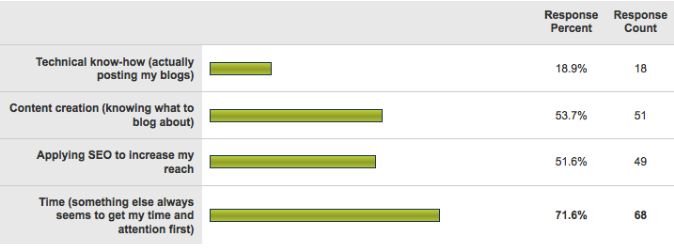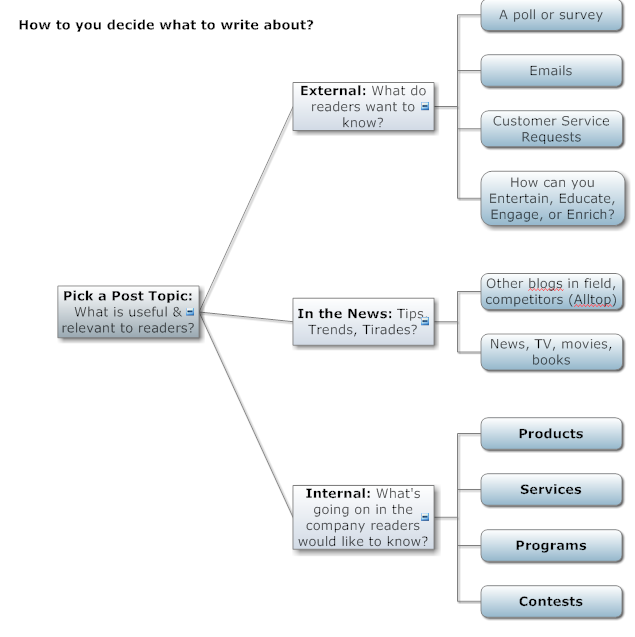 There aren’t many conferences that I’d fly 5700 miles to get to, but the 5th International Customer Media Congress looks as if it’s going to be another smash hit. I’ve been invited to speak, by uber-publishing-content-marketing icon, Sak van den Boom.
There aren’t many conferences that I’d fly 5700 miles to get to, but the 5th International Customer Media Congress looks as if it’s going to be another smash hit. I’ve been invited to speak, by uber-publishing-content-marketing icon, Sak van den Boom.
Somewhow in my family it meant you were in real trouble when you were “in dutch…”
Patsi Krakoff keynote speaker op 7 november: een effectieve tekst raakt je onderbewuste
Met wat voor tekst scoor je nu het beste op het web. Internetguru Patsi Krakoff uit Mexico blogt dagelijks en heeft wereldwijd veel volgers. Ze komt speciaal voor het jubleumcongres naar Haarlem om haar kennis te delen. 11 topvrouwen in marketing en communicatie op het netwerkcongres over customer media in de Philharmonie in Haarlem. Verzeker jezelf van een plaats. Schrijf nu in.
I don’t suppose I’ll see you there, but consider yourself invited. Here’s the line-up: 11 top notch experts in creating content that engages the hearts and minds of customers through custom publishing. Who says print is dying? Read More→














